- Joined
- 12 July 2006
- Messages
- 889
- Reaction score
- 413
boxkite said:Is anybody familiar with the designs of Gliddon S Doman? This larger one was shown in "Der Flieger" magazine issue 9/1954 (page 206), but nothing about a D-... designation ...
Hood said:I wonder if Boxkite's first post shows the Berlin-Doman BD-19?
It seems that this new firm was created after the demise of Doman Helicopters Inc. maybe around the same time as the Puerto Rico based Caribe Doman company was formed. I know nothing about the BD-19 other than the designation.
Skyblazer said:I recently came across this very lousy picture of a 1958 helicopter refered to only as the Doman D-12.
Has anyone heard of this one before? It could be a small R/C model of course, but it could also be a genuine prototype. Hard to tell given the poor quality here...
hesham said:does any one hear about Doman BD-68 design ?.
hesham said:From Aviation Week
Mark Nankivil said:

Looks like a Dolman design to me
Source: R.Simpson "Airlife's Helicopter and Rotorcraft", 1998In 1945, Glidden S. Doman formed Doman Helicopters Inc. in order to develop various helicopter engineering concepts. These included a new hub system which was essentially similar to the mechanism used on a variable pitch propeller. The rotor system also incorporated a gimbal mounting to provide the necessary tilting of the rotor disc. Doman's theories were tested initially by installing an experimental system on a USAF Sikorsky R-6. This helicopter was known as the Doman LZ-1A and it started flight tests in early 1950 with remarkably good results. It was followed by the larger LZ-2A Pelican.
Doman's system was then designed into a larger helicopter that was seen as a viable commercial production machine. The LZ-4A had a capacious fuselage with three rows of double seats in the main cabin and a two-crew flight deck in front. Large folding doors provided access for loading bulky cargo into the main compartment. The tail boom was conventional with a cranked-up rear section mounting a tail rotor, and the LZ-4A sat on a four-leg undercarriage with trailing link dampers. A 400hp Lycoming SO-590-B engine was positioned in the lower nose, driving the four-blade rotor via a flexible transmission. Following its first flight in November 1950, and subsequent testing, Doman moved on to the improved LZ-5 and transferred the LZ-4A (N74147) to Curtiss Wright as a test vehicle.
P.Lambermont "Helicopters and Autogyros of the World", 1958The LZ-4 is the engineer-produced and hand-built prototype of the LZ-5. Built specifically for research purposes, it was taken over by Curtiss Wright, where it was given the designation of CW-40. The LZ-4's maiden flight took place in November 1950.
boxkite said:Is anybody familiar with the designs of Gliddon S Doman? This larger one was shown in "Der Flieger" magazine issue 9/1954 (page 206), but nothing about a D-... designation ...
hesham said:http://archive.aviationweek.com/search?QueryTerm=doman+project&DocType=Article&sort=
hesham said:does any one hear about Doman BD-68 design ?.
The Berlin Doman BD-68 was to be a three-engined development of the Doman D-10B.
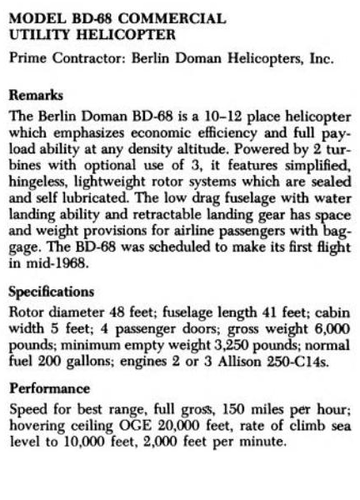
From JAWA 1969,
the BD-19.
"The driving force behind Doman engineering was sharp focus on understanding what the helicopter and especially its blades and rotor hub were doing,” said Susan Orred in a 2013 profile of Doman. “The resulting insights produced the firm’s hallmark trait - aeronautic design with elegant simplicity.”
In the 1950s, the company produced three LZ-5 helicopters, which employed his rotor designs and other innovations. They could carry six passengers plus a pilot and copilot, and received both military and commercial certification.
He hoped to gain military contracts, and two LZ-5s were sold to the Army. However, the military never bought any more. Lack of government contracts spelled doom for the company, which had as many as 130 employees. It moved to Pennsylvania in 1965 and closed in 1969, The only remaining LZ-5 is at the New England Air Museum at Bradley Airport in Windsor Locks, along with a smaller Doman R-6 helicopter.
Doman spent several years with Boeing, designing rotors for giant heavy-lift helicopters. He then turned to a new career as chief systems engineer of the wind energy program at Hamilton Standard, developing huge wind turbines, which share some blade technology with helicopters. In 2003, he formed Gamma Ventures Inc. to market production rights for the turbines he helped design in Italy.
Doman had lived in Ridgefield from 1958 to 1967 — his wife, Joan, who died in 2003, was a teacher at RHS. He spent his last 35 years in Granby, active into his 90s. He died in 2016 at 95.
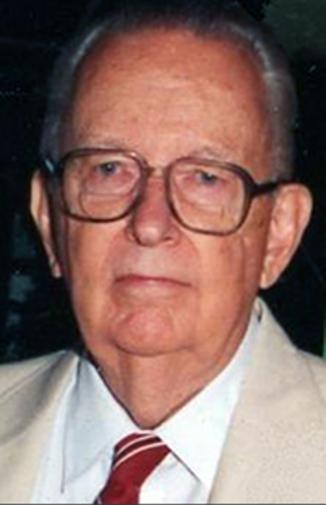
Glidden Doman of Ridgefield designed helicopter blades
I still don't find the original site for this report,From University of Illinois at Urbana–Champaign project hummingbird 1961,
Doman high speed helicopter Project.
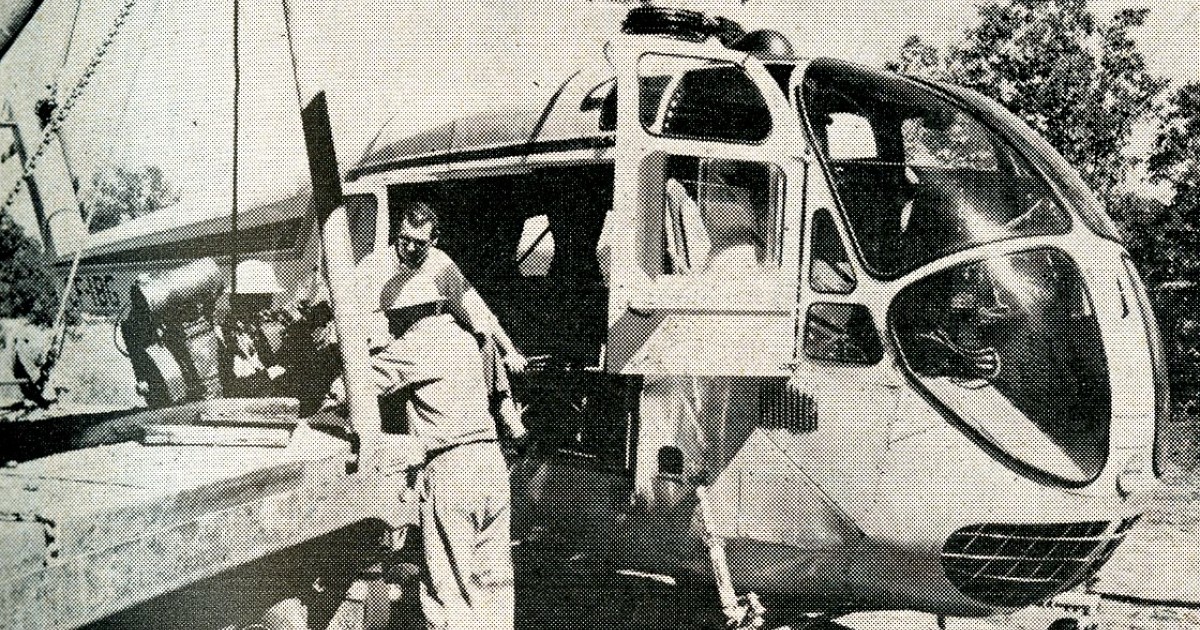
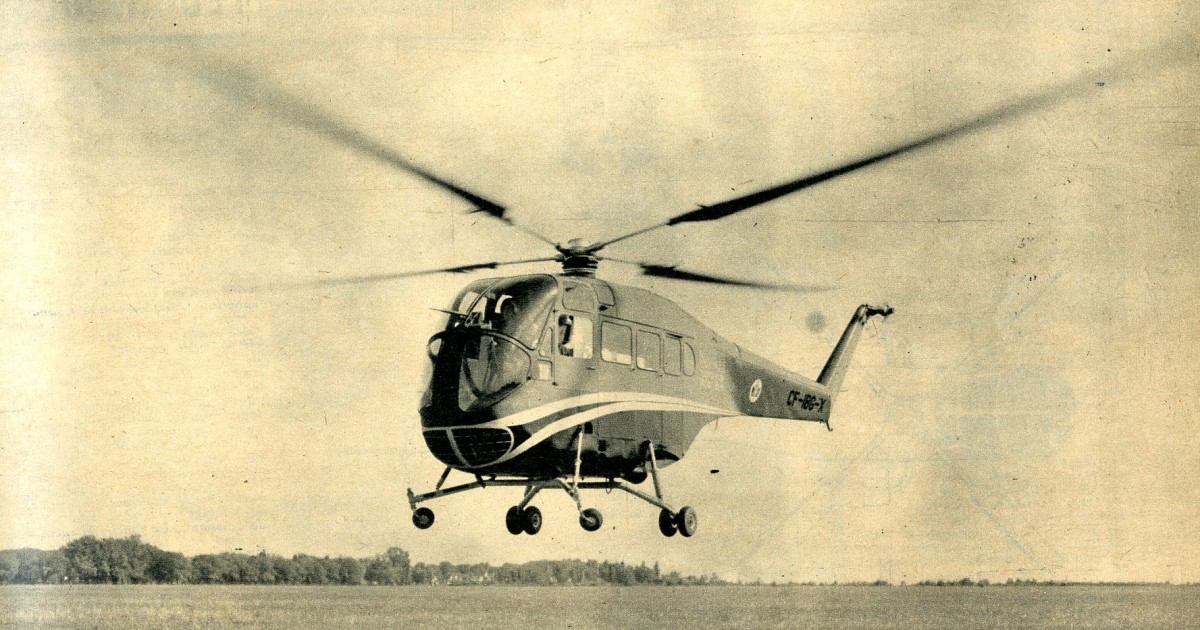
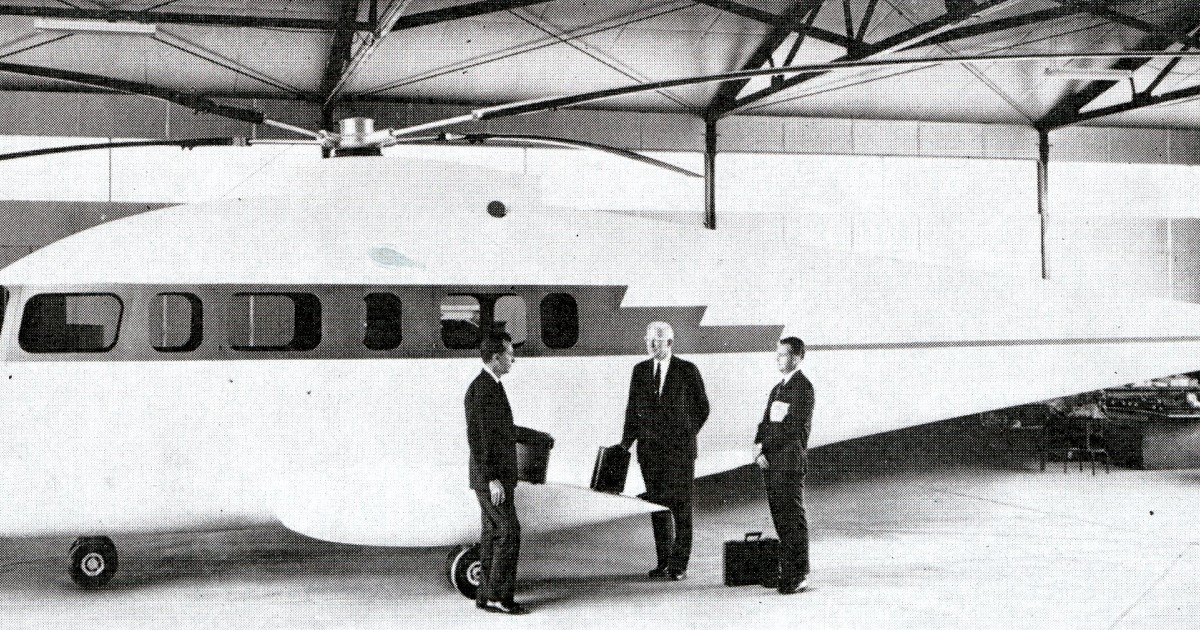
What was Doman R-6 ?
